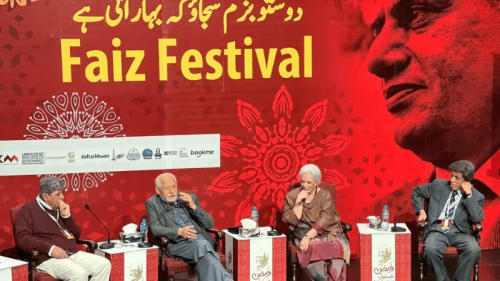SRIHARIKOTA: India launched a rocket on Friday carrying an unmanned spacecraft to land on the Moon, its second attempt to do so as its cut-price space programme seeks to reach new heights.
The heavyweight LVM3-M4 rocket lifted off from Sriharikota in the southern state of Andhra Pradesh carrying the Chandrayaan-3 spacecraft, as thousands of enthusiasts clapped and cheered.
“Chandrayaan-3… has begun its journey to the Moon. Health of the spacecraft is normal,” the Indian Space Research Organisation (ISRO) said on Twitter.
The world’s most populous nation has a comparatively low-budget aerospace programme that is rapidly closing in on the milestones set by global space powers.
Only Russia, the United States and China have previously achieved a controlled landing on the lunar surface.
Chandrayaan-3 scripts new chapter in country’s space odyssey, tweets PM
India’s last attempt to do so ended in failure four years ago, when ground control lost contact moments before landing.
“Chandrayaan-3 scripts a new chapter in India’s space odyssey,” Prime Minister Narendra Modi tweeted from France, where he was the guest of honour at the Bastille Day parade in Paris. “It soars high, elevating the dreams and ambitions of every Indian.”
If the rest of the current mission goes to plan, the Chandrayaan-3, which means “Mooncraft” in Sanskrit, will safely touch down near the moon’s little-explored south pole between August 23 and 24.
Developed by ISRO, Chandrayaan-3 includes a lander module named Vikram, which means “valour” in Sanskrit, and a rover named Pragyan, the Sanskrit word for wisdom.
The mission comes with a price tag of $74.6 million — far smaller than those of other countries’, and a testament to India’s frugal space engineering.
Experts say India can keep costs low by copying and adapting existing space technology, and thanks to an abundance of highly skilled engineers who earn a fraction of their foreign counterparts’ wages.
‘A moment of glory’
The Chandrayaan-3 spacecraft will take much longer to reach the Moon than the manned Apollo missions of the 1960s and 1970s, which arrived in a matter of days.
The Indian rocket used is much less powerful than the United States’ Saturn V and instead the probe will orbit the earth five or six times elliptically to gain speed, before being sent on a month-long lunar trajectory.
If the landing is successful the rover will roll off Vikram and explore the nearby lunar area, gathering images to be sent back to Earth for analysis.
The rover has a mission life of one lunar day or 14 Earth days.
“It is indeed a moment of glory for India. Thank you team ISRO for making India proud,” Jitendra Singh, the junior minister for science and technology, told reporters after the launch.
ISRO chief S. Somanath has said his engineers carefully studied data from the last failed mission and tried their best to fix the glitches.
India’s space programme has grown considerably in size and momentum since it first sent a probe to orbit the moon in 2008.
In 2014, it became the first Asian nation to put a satellite into orbit around Mars, and three years later, the ISRO launched 104 satellites in a single mission.
The ISRO’s Gaganyaan (“Skycraft”) programme is slated to launch a three-day manned mission into Earth’s orbit by next year.
India is also working to boost its two percent share of the global commercial space market by sending private payloads into orbit for a fraction of the cost of competitors.
Published in Dawn, July 15th, 2023

















































Dear visitor, the comments section is undergoing an overhaul and will return soon.